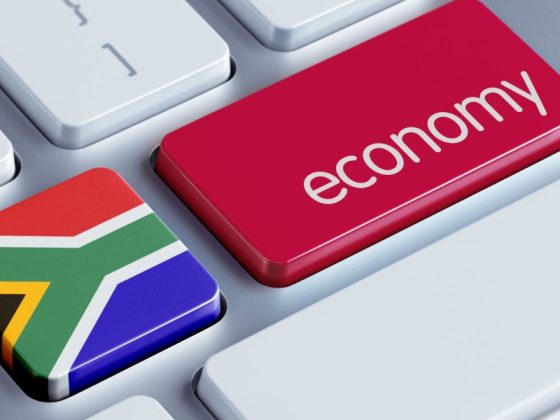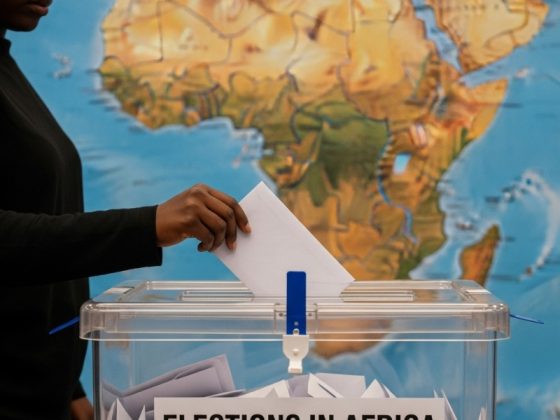
Since the advent of democracy in 1994, Pretoria has invested heavily in cultivating influence through multilateralism and moral leadership. From strengthening SADC and AU institutions to championing reform of UN governance and global financial architecture, to activism in BRICS, South Africa has sought to position itself as a principled voice for the Global South. Its high-profile genocide case against Israel at the International Court of Justice underscored a longstanding commitment to international law and human rights. In an era of geopolitical fragmentation, equality, sustainability, and a rules-based order have become South Africa’s diplomatic calling cards.
Without military might or economic muscle, South Africa has leaned on what Joseph Nye called soft power: the ability to shape the preferences of others through attraction rather than coercion. Climate diplomacy now sits firmly within this repertoire. The Just Energy Transition (JET) has become Pretoria’s flagship initiative; an effort to decarbonise while demanding fairness, concessional finance, and technology transfer. The US8.5 billion in pledges secured from the International Partners Group (IPG) at COP26 were as much about prestige as they were about resources. For Western capitals, this was climate finance in action; for South Africa, it was influence well beyond its material weight.
Yet the narrative abroad obscures a harsher domestic reality: unemployment above 33%, households squeezed by inflation, crumbling infrastructure, and an Eskom incapable of guaranteeing reliable supply. South Africa is projecting climate leadership internationally while its capacity to deliver a just transition domestically remains tenuous.
Diplomacy vs. delivery
South Africa’s JET diplomacy serves two audiences. Internationally, it demonstrates Paris Agreement alignment and unlocks climate finance. At a regional level, it positions South Africa as Africa’s climate bridge, signalling that decarbonisation is possible in a developing economy.
But communiqués and concessional loans are no substitute for jobs, reliable power, and affordable alternatives. A transition that looks impressive in global forums but fails local communities risks hollowing out legitimacy at home. The challenge is whether Pretoria can turn climate diplomacy into concrete protection for industries, workers, and communities or whether JET remains more rhetoric than reality.
The automotive sector paradox
The automotive sector, which, according to 2024 government estimates, contributes about 4,3% to the country’s GDP, is the country’s fifth largest export sector accounting for 18, 1% of total exports and employs over 110 000 people, illustrates this paradox vividly.
Government has laid down markers: the 2023 Electric Vehicles (EV) White Paper, a 150% tax deduction for EV-related investment, and ambitious talk of positioning South Africa as a green manufacturing hub. Yet adoption remains sluggish. According to NAAMSA, fully electric vehicle sales fell 16.4% year-on-year in Q1 2025 to just 276 units – barely 0.19% of all new car sales.
The barriers are structural and straddle affordability, industrial fragility and retrenchment channels. Under the prevailing economic climate, consumers are squeezed by inflation and high interest rates and therefore cannot afford EVs. Rising electricity costs, weak logistics, and eroding competitiveness undermine the base. Moreover, Ford’s 470 job cuts, ArcelorMittal’s 3,500 layoffs, and Goodyear’s Eastern Cape plant closure underscore the pressure on industry.
If companies are struggling to remain viable in today’s internal combustion engine (ICE) -dominated market, how can they manage the capital-intensive leap to EVs?
Yet the pivot is unavoidable. Two-thirds of South Africa’s vehicles are exported, primarily to the EU and UK; markets where internal combustion engine bans are looming (2030 in the UK, 2035 in the EU). Meanwhile, U.S. protectionism and China’s dominance in EV production crowd the global market. The choice is stark: adapt or be shut out.

A cautionary tale of Komati
If the automotive sector reveals structural fragility, Komati exposes the human costs of mismanaged transition. Once a coal-fired powerhouse near Middelburg in Mpumalanga, Komati was decommissioned in late 2022 and rebranded as the flagship JET pilot project. It was meant to demonstrate how a coal-dependent community could pivot to renewable energy, battery storage, and new livelihoods.
Instead, Komati became a cautionary tale. Promised retraining schemes stalled, alternative industries failed to take root, and many workers found themselves adrift. Community members complained of exclusion from planning and of being abandoned in the name of global climate diplomacy. For residents of Middelburg, the JET felt less like a promise of renewal than an imposed sacrifice for the sake of South Africa’s international credibility.
The Komati experience exposes the fragility of Pretoria’s approach. If the “model” project cannot deliver jobs, skills, or hope to a single community, what confidence can workers in other coal towns have that they will fare better when their turn comes? The risk is that JET becomes a synonym for dislocation rather than development.
The disconnect
Taken together, the automotive struggles and the Komati fallout highlight the deeper contradiction in South Africa’s JET: strong soft power abroad, fragile delivery at home. Internationally, Pretoria casts itself as a climate bridge. Domestically, Eskom cannot stabilise the grid, consumers cannot afford EVs, industries are retrenching, and coal-dependent towns feel betrayed.
Unless ambition is anchored in delivery, South Africa risks a transition that looks credible in Brussels and New York but hollow in Middelburg and Vereeniging.
To avoid performative green diplomacy, JET must be grounded in hard realities. This requires that, firstly, the grid is stabilised and electricity costs are reduced to keep industry viable. Secondly, accelerate charging infrastructure so consumers see EVs as practical. Thirdly, protecting workers through retraining, reskilling, and social safety nets. Fourthly, expand consumer incentives so EVs move beyond the elite market. Fifthly, localise supply chains, especially batteries and components, to capture value and create jobs. Lastly, involve coal-dependent communities in genuine decision-making, so Komati’s failures are not repeated across Mpumalanga.
Without these steps, the “just” in Just Energy Transition will remain aspirational.
Soft power, hard choices
South Africa faces two diverging paths. One is steep, disruptive, and costly; but aligns with global climate ambition, sustains export markets, and preserves international credibility. The other prioritises short-term stability in ICE and coal, but ultimately dead-ends as markets close and industries collapse.
The wave of retrenchments already underway, combined with the bitter experience of Komati, shows that the ground is already shifting. Without decisive and inclusive interventions, the EV pivot risks remaining aspirational rhetoric while coal closures deepen inequality and resentment.
The solution is not to abandon ambition but to hybridise it: leverage soft power to secure finance and partnerships while embedding the transition in local realities. That means stabilising electricity, protecting workers, incentivising consumers, and embedding localisation across value chains.
Soft power may open doors abroad, but unless JET delivers real jobs, industrial resilience, and social cohesion at home, South Africa’s credibility, and its democracy, risk being hollowed out.



